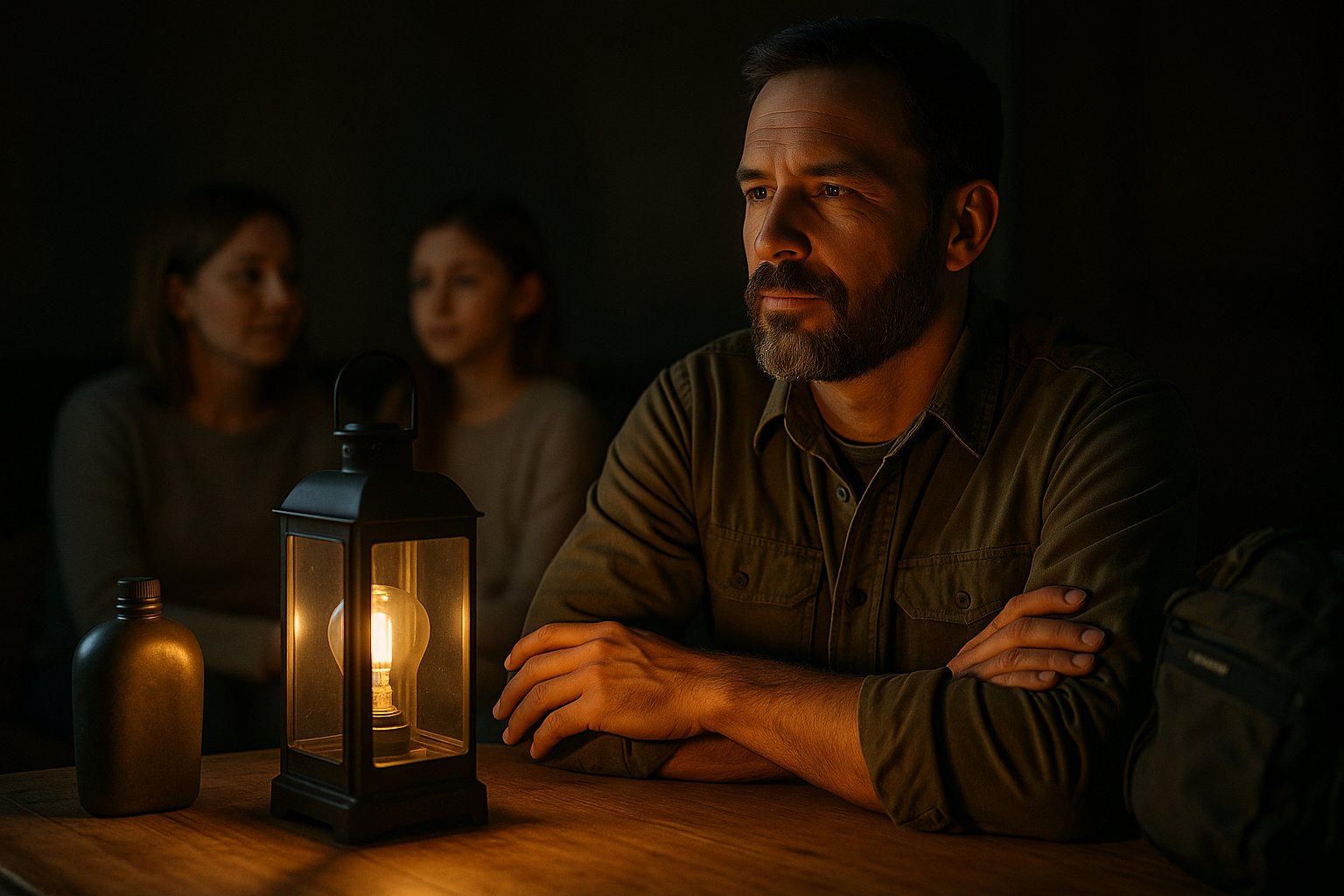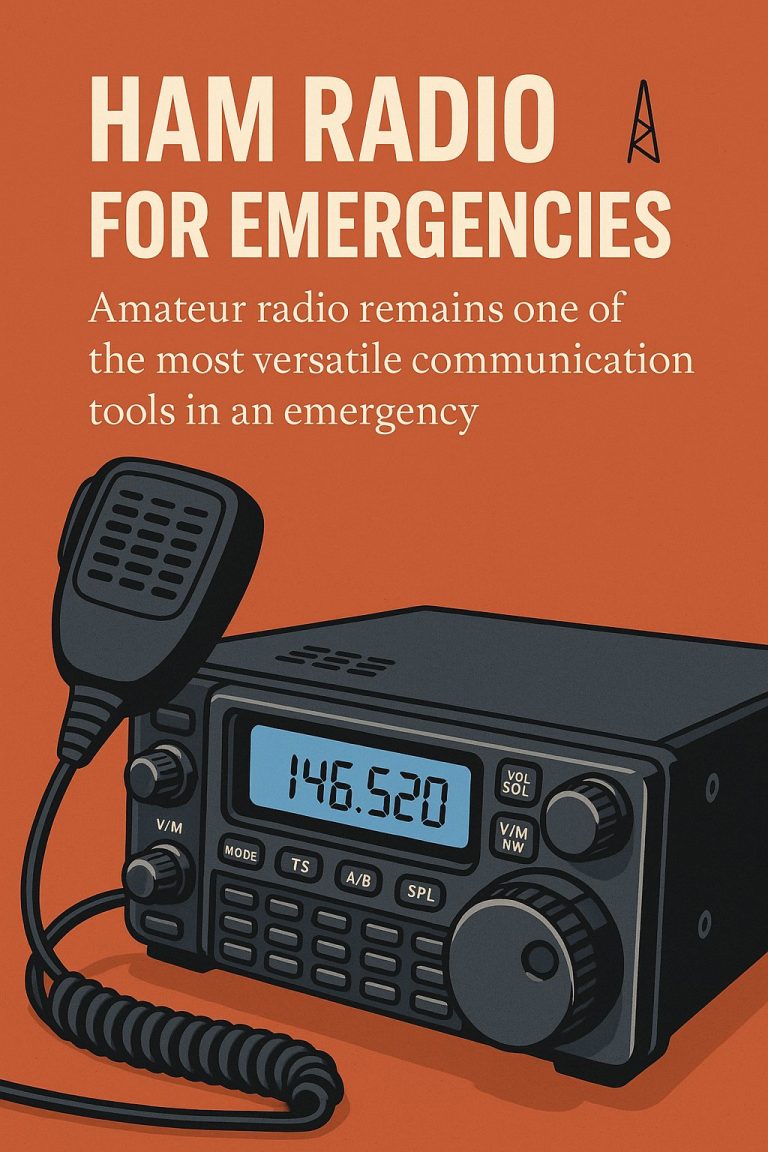When most people think of preparedness, they imagine shelves of canned food, bug-out bags, water filters, or backup generators. All of these are valuable, but the most powerful survival tool is one that cannot be bought online or stored in your basement—it’s your mindset.
The truth is simple: gear can be lost, stolen, or broken, but your ability to remain calm, focused, and adaptable under pressure will always be with you. In a real crisis, psychological resilience often determines who pulls through and who falters.
Why Mindset Matters More Than Gear
History and modern disaster studies both show that survival isn’t always about who has the most tools, weapons, or supplies—it’s about who can:
- Manage fear and stress when everything feels overwhelming.
- Make clear decisions in moments of chaos.
- Adapt plans when the original plan fails.
- Maintain hope and motivation when others give up.
During Hurricane Katrina, many people with supplies failed to use them effectively because panic set in. Conversely, others with very little were able to survive and help their families because they stayed calm, creative, and determined.
The Core Elements of Psychological Resilience
- Stress Inoculation
Just like lifting weights builds muscles, exposing yourself to small, controlled stressors can build your tolerance for pressure. Activities like wilderness camping, cold showers, fasting, or timed drills can teach you how your body reacts to stress and how to control it. - Decision-Making Under Pressure
In a crisis, hesitation can be deadly. Preppers should practice scenario-based thinking:- What if I had to leave home in 15 minutes?
- What if my power goes out for three days in the middle of winter?
Running through these “mental rehearsals” ahead of time makes your responses faster and calmer when the real thing happens.
- Emotional Regulation
Panic is contagious. In a survival situation, your family or group will look to you for cues. Breathing exercises, grounding techniques, or even simple mantras (“slow is smooth, smooth is fast”) can keep emotions from spiraling out of control. - Optimism and Hope
Studies on survival psychology consistently show that people who maintain hope survive longer—even in harsh conditions. Optimism doesn’t mean ignoring danger; it means believing that your actions still matter. - Community & Social Bonds
Humans are wired to survive better in groups. Loneliness and isolation eat away at morale, while strong group ties build resilience. Practicing teamwork in drills, volunteering, or joining local preparedness networks can strengthen your mental edge.
Training Your Prepper Mindset
- Skill Over Stuff: Learn to solve problems with limited resources. For example, practice purifying water with basic materials rather than relying only on a high-tech filter.
- Scenario Drills: Simulate blackouts, “no grocery store trips” weekends, or mock evacuations. The experience builds confidence and highlights weak spots.
- Daily Resilience Practices: Meditation, physical exercise, journaling, or even tactical breathing (inhale 4, hold 4, exhale 4, hold 4) can reduce baseline stress levels.
- After-Action Reviews: After every drill, ask yourself: What went well? What needs improvement? Continuous learning sharpens mental toughness.
Avoiding the Survival Paralysis Trap
One common problem in prepping is “survival paralysis”—buying endless gear but never training your mind. In a real-world crisis, this can lead to a false sense of security. Remember:
- Gear is a force multiplier, not a substitute for resilience.
- A calm person with limited tools can often outlast a panicked person with a full arsenal.
Examples of Mental Resilience in Action
- Plane Crash Survivors: Many case studies show survivors were not the strongest physically, but those who quickly shifted from “this can’t be happening” to “what can I do next?” had the best outcomes.
- Soldiers & First Responders: Training often emphasizes mental conditioning—controlling breathing, focusing on small achievable goals, and relying on team trust. These same lessons apply to preppers.
- Everyday Emergencies: Even during simple blackouts, those who stay calm can prevent accidents (like candle fires or generator misuse) that panic can cause.
Building a Culture of Mental Preparedness
Preparedness shouldn’t be fear-driven—it should be confidence-driven. A strong prepper mindset radiates calmness, reassures others, and creates a ripple effect in families and communities.
- Teach kids small survival skills so they gain confidence.
- Encourage group problem-solving in your prepper circles.
- Focus on adaptability: instead of memorizing one plan, create flexible principles that work in many scenarios.
Final Thoughts
In the end, the greatest survival asset isn’t your food stockpile, your generator, or even your bug-out bag—it’s your resilient mindset. By training yourself to stay calm, think clearly, and adapt under pressure, you give yourself and your loved ones the best possible chance to thrive no matter what comes.
Preparedness isn’t just about gear. It’s about becoming the kind of person who can handle the storm.



